Opening ceremony of Tay Yen Tu Spring Festival in Bac Ninh province. (Photo: DANG GIANG)
In the coming time, relevant sectors of Quang Ninh, Bac Ninh provinces and Hai Phong city will continue to implement solutions to promote the value of this world cultural heritage, contributing to preserving the unique historical and cultural values of the nation, creating momentum for sustainable tourism development, and spreading Vietnamese values to the international community.
The Yen Tu-Vinh Nghiem-Con Son-Kiep Bac relic and scenic complex is the second inter-provincial chain heritage site of Vietnam, converging unique values of religion, history, culture and architecture.
The complex includes more than 525 hectares of core area, 4,380 hectares of buffer zone, with 12 clusters and relic sites associated with the birth and development of Truc Lam Zen sect - the only indigenous Buddhist sect in Vietnam, founded by Buddhist Emperor Tran Nhan Tong in the 13th century.
This complex includes many special national relics such as: Yen Tu relic and scenic complex, Tran Dynasty relic site in Dong Trieu, Vinh Nghiem pagoda, Bo Da pagoda, Con Son-Kiep Bac relic site; relics ranked by the Ministry of Culture, Sports and Tourism (Thanh Mai pagoda...) and relics, antiquities, national treasures, intangible cultural heritage, traditional festivals in the area... along with landscapes with mountain and forest systems and cultural spaces located in the three localities of Quang Ninh, Bac Ninh and Hai Phong, which are preserved, protected long-term, sustainably and promote their values in accordance with the provisions of the Law on Cultural Heritage and the 1972 UNESCO Convention on the Protection of World Cultural and Natural Heritage.
The Yen Tu-Vinh Nghiem-Con Son-Kiep Bac relic and scenic complex is the second inter-provincial chain heritage site of Vietnam, converging unique values of religion, history, culture and architecture.
These relics provide complete information about the history and ideology of Truc Lam Zen sect, demonstrating the process of formation, development, and sustainable relationship of tangible and intangible cultural values and documentary heritage in historical and cultural spaces.
The ideological and cultural values of Truc Lam Buddhism in terms of the spirit of reconciliation, harmony and peace are completely consistent with UNESCO's fundamental goals in maintaining and enriching the common values of humanity. These are education, building a culture of peace; the spirit of self-reliance, harmonious combination between humans and the natural world, and respect for the laws of nature.
In the Yen Tu-Vinh Nghiem-Con Son, Kiep Bac relic and scenic complex, Yen Tu relic (Quang Ninh province) is the place where Truc Lam Buddhist Center was formed, born and developed. The system of pagodas, hermitages, towers, steles, statues... in Yen Tu are precious historical and material documents, closely associated with the name and career of Buddhist King Tran Nhan Tong and generations of Zen masters practicing here. In particular, the steles in Yen Tu contain a large amount of information about the development of Truc Lam Buddhism through each period.
Tay Yen Tu Buddhist cultural space is located in Bac Ninh province, bearing the historical and cultural imprints of Truc Lam Zen sect during Ly-Tran dynasties. In particular, Vinh Nghiem pagoda is the center of Truc Lam Buddhist cultural space. The pagoda was built in the 11th century under King Ly Thai To with the name Chuc Thanh Tu.
In the 13th century, the pagoda was expanded by King Tran Nhan Tong and renamed Vinh Nghiem, meaning “forever lasting, forever dignified”. The pagoda was not only the place of practice of the Truc Lam Tam To (Tran Nhan Tong, Phap Loa, Huyen Quang) but also a center for training monks and propagating Buddhism during the Tran Dynasty.
One of the most valuable heritages of Vinh Nghiem Pagoda is the Buddhist scripture woodblock collection, including 3,050 woodblocks with nine books, marking the development of Nom script and the process of Vietnamization of Buddhism, recognized by UNESCO as a World Memory Heritage of the Asia-Pacific region in 2012.
In the dossier identifying the outstanding global values of the Yen Tu-Vinh Nghiem-Con Son-Kiep Bac relic and landscape complex, the unique and important values of the Con Son-Kiep Bac relic site (Hai Phong city) were affirmed.
Ms. Nguyen Thi Thuy Lien, Head of the Management Board of this relic site, said: The archaeological relics in this relic complex and the Thanh Mai Pagoda area, Huyen Thien Pagoda... have proven a culture that flourished for many centuries in this land, contributing to proving the existence and development of Vietnamese culture through many historical periods. Con Son with Ky Lan Mountain and Ngu Nhac Mountain is one of the three centers of the Truc Lam Zen sect during the Tran Dynasty (Con Son-Yen Tu-Quynh Lam).
Con Son and Kiep Bac are places associated with famous people, representing the soul, spirit, and quintessence of Vietnamese culture in many different historical periods such as Tran Nhan Tong, Phap Loa, Huyen Quang, Tran Hung Dao, Tran Nguyen Dan, Nguyen Trai... After more than 700 years of existence and development, the relic site preserves many precious tangible and intangible cultural values of history, culture, religion, and beliefs.
In order for the Yen Tu-Vinh Nghiem Complex of Monuments and Landscapes, Con Son, Kiep Bac as well as other monuments and landscapes in our country to be honored as world cultural heritages, Deputy Minister of Culture, Sports and Tourism Hoang Dao Cuong said: “For many years, the system of monuments and intangible cultural heritages of localities has received special attention from the Ministry of Culture, Sports and Tourism, the Ministry of Foreign Affairs and the provinces through the implementation of many projects to preserve and restore monuments; research, identify values to prepare nomination and registration dossiers domestically and internationally; contribute to protecting the outstanding global values of the heritage site, creating sustainable livelihoods, improving the cultural and spiritual life of the local community and people”.
For example, to preserve and promote the value of the Tay Yen Tu complex, Bac Giang province (old) surveyed and restored the "Buddhism Propagation Road" recreating the path of Buddha King Tran Nhan Tong on the West Yen Tu slope to the top of Yen Tu to practice. The province has established a plan to preserve and promote the value of Vinh Nghiem pagoda, which has been approved by the Prime Minister, with a planning area of 40 hectares, with the goal of turning Vinh Nghiem pagoda into an attractive spiritual tourist destination.
For the Con Son and Kiep Bac relic cluster, from 2013 to present, the former Hai Duong province (now Hai Phong city) has invested hundreds of billions of VND from various sources to renovate, embellish, and reconstruct the relic, expand the transportation system, plant forests, and beautify the landscape. Typical projects include: Restoration and embellishment of Kiep Bac temple; road project to Con Son-Kiep Bac relic site; restoration and embellishment project of Con Son pagoda relic; tourism infrastructure project of Huyen Thien pagoda...
Along with that, over the past 10 years, provinces and cities have closely coordinated with the Ministry of Culture, Sports and Tourism and domestic and foreign experts and scientists, organizing hundreds of national and international surveys and seminars. From the initial dossier in 2012 focusing on Yen Tu (Quang Ninh), by 2020, the dossier was expanded to include relics of Bac Giang (old) province, Hai Duong (old) and updated according to UNESCO criteria.
From 2020 to present, Quang Ninh province, the unit in charge of preparing the dossier, has issued nearly 650 documents, organized eight international seminars, 11 working sessions with ministries, branches, central agencies and hundreds of provincial-level meetings to review and complete the dossier.
Localities have also invested thousands of billions of VND in renovating, embellishing, and restoring relics; promoting festivals, traditional rituals, preserving antiquities, woodblocks, and the ecosystem of primeval forests associated with sustainable tourism. In January 2024, the official dossier of the Yen Tu Vinh Nghiem-Con Son-Kiep Bac Monuments and Landscape Complex was completed and submitted to UNESCO for recognition as a world heritage site with appropriate changes and proposals.
The Heritage Profile states that there are currently about 30 million followers, 50,000 monks and nuns, and more than 15,000 pagodas following the Truc Lam school in more than 30 countries around the world. The Yen Tu-Vinh Nghiem-Con Son-Kiep Bac Monuments and Landscape Complex is not only historical evidence, but also demonstrates the spiritual depth, connecting people with nature - factors that make up the cultural identity of Vietnam.
The recognition of the Yen Tu-Vinh Nghiem-Con Son-Kiep Bac complex by UNESCO as a world cultural heritage opens up opportunities for the development of spiritual tourism, eco-tourism and cultural tourism associated with heritage.
Vice Chairwoman of the Quang Ninh Provincial People's Committee Nguyen Thi Hanh said: "Quang Ninh Province will coordinate with Bac Ninh Province and Hai Phong City to continue to develop and implement a project to preserve, restore and promote heritage values, in order to ensure sustainability and widely spread the noble values of world heritage."
HUONG THO - VINH GIANG
Source: https://nhandan.vn/lan-toa-gia-tri-cao-quy-cua-di-san-the-gioi-post893504.html



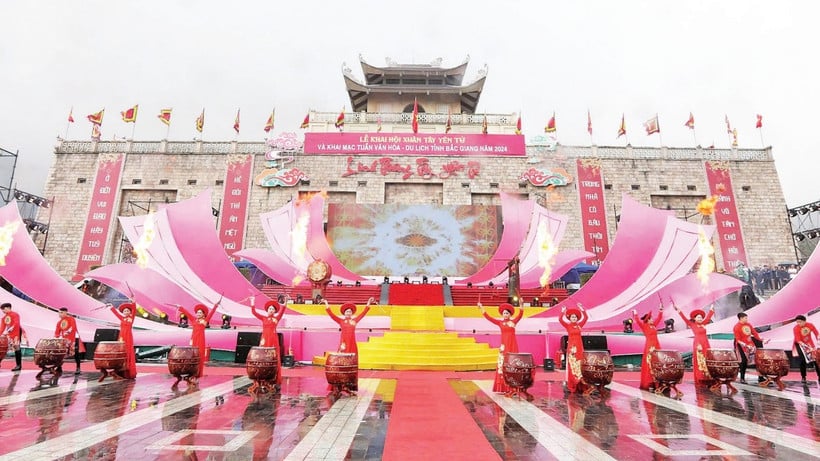
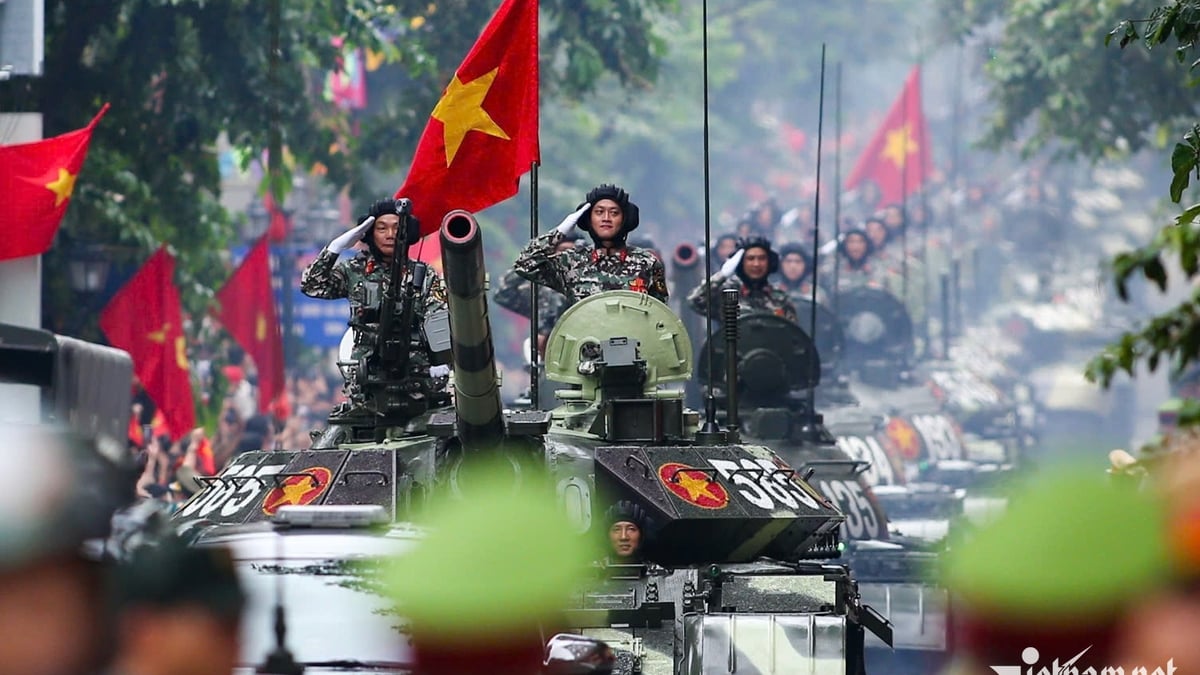
![[Photo] Hanoi is ready to serve the occasion of the 80th National Day Celebration on September 2nd](https://vphoto.vietnam.vn/thumb/1200x675/vietnam/resource/IMAGE/2025/8/29/c838ac82931a4ab9ba58119b5e2c5ffe)
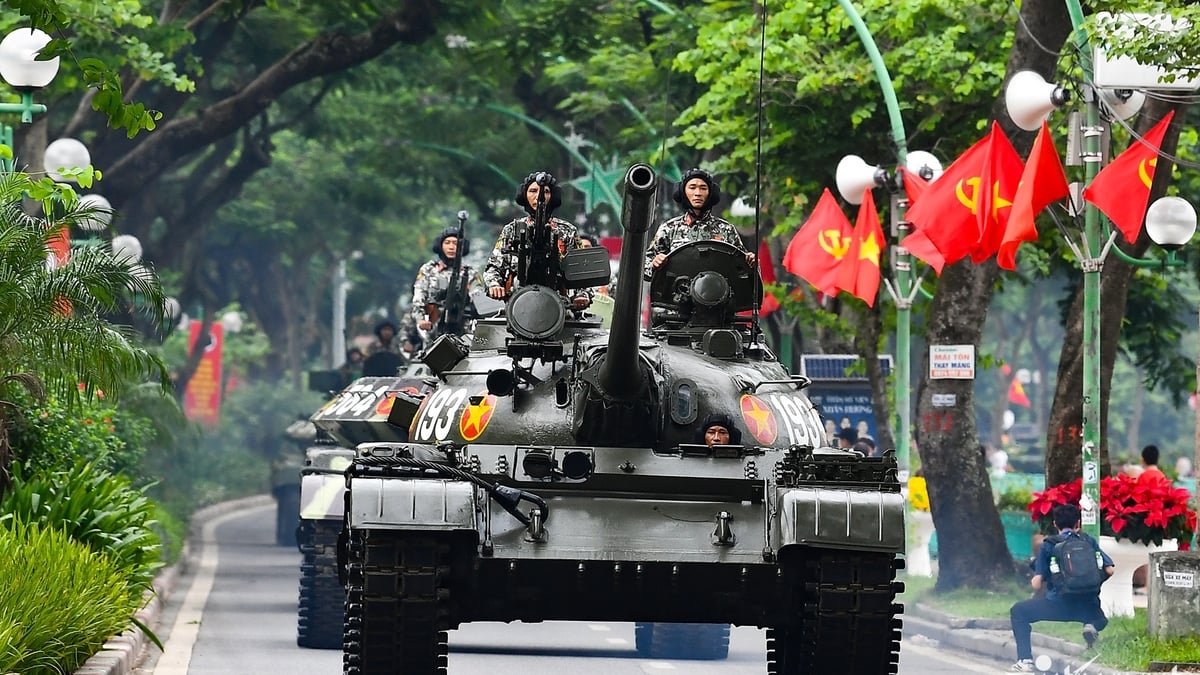
![[Photo] Prime Minister Pham Minh Chinh meets with Speaker of the New Zealand Parliament Gerry Brownlee](https://vphoto.vietnam.vn/thumb/1200x675/vietnam/resource/IMAGE/2025/8/28/cec2630220ec49efbb04030e664995db)

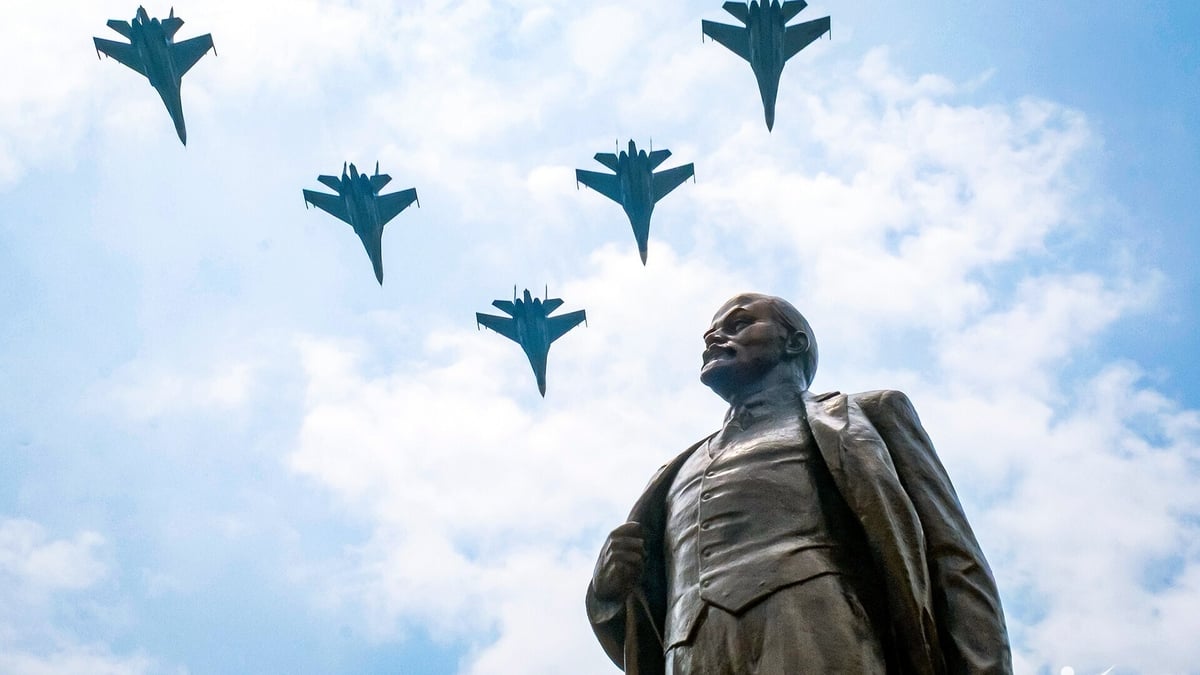
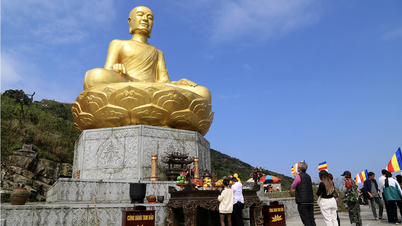



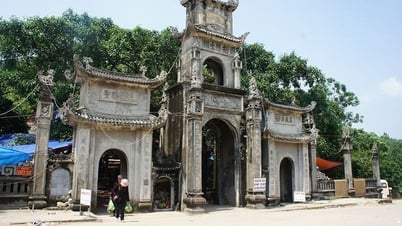


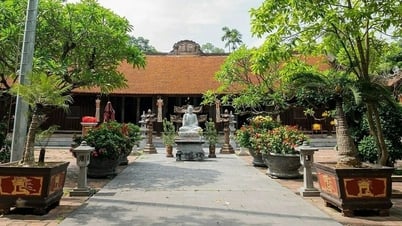



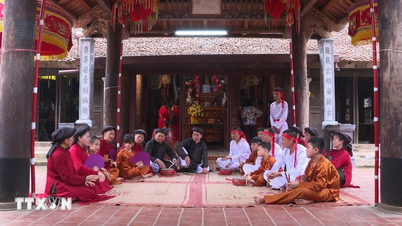

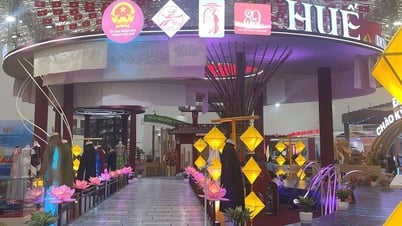

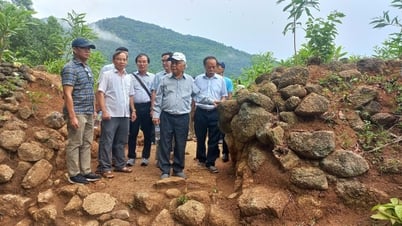
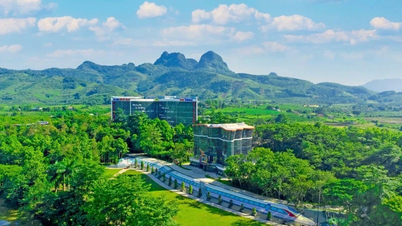
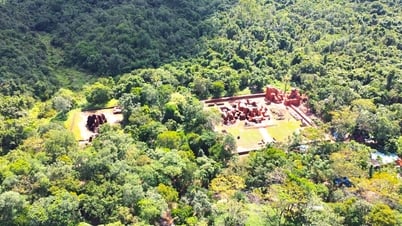





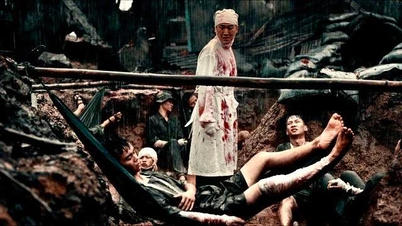

![[Infographic] Overview of the National Achievements Exhibition: 80 Years of the Journey of Independence-Freedom-Happiness](https://vphoto.vietnam.vn/thumb/402x226/vietnam/resource/IMAGE/2025/8/29/44caa408c3c34130825181ddc1ad5926)
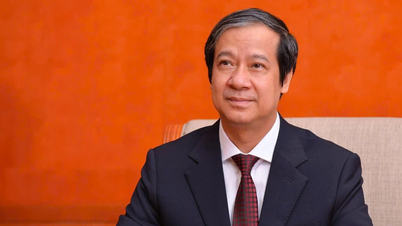
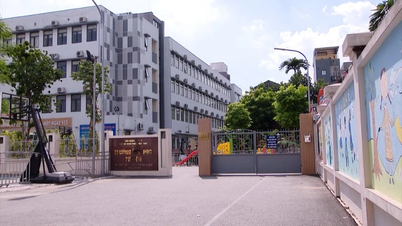
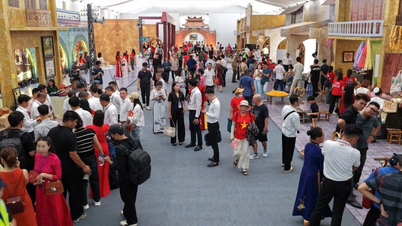
![[Photo] Red flag with yellow star flutters in France on National Day September 2](https://vphoto.vietnam.vn/thumb/1200x675/vietnam/resource/IMAGE/2025/8/28/f6fc12215220488bb859230b86b9cc12)
![[Photo] General Secretary To Lam presents the 45-year Party membership badge to comrade Phan Dinh Trac](https://vphoto.vietnam.vn/thumb/1200x675/vietnam/resource/IMAGE/2025/8/28/e2f08c400e504e38ac694bc6142ac331)
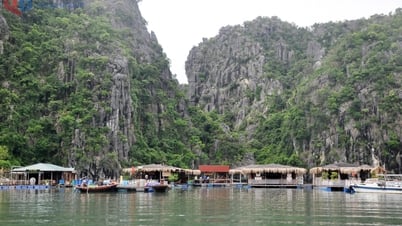
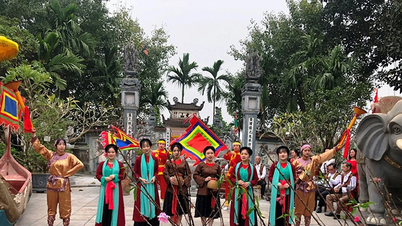
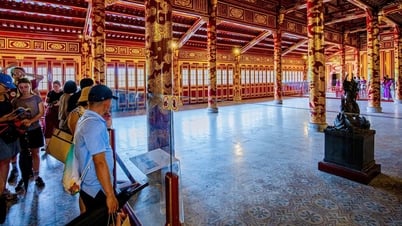





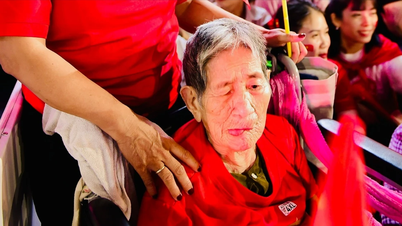

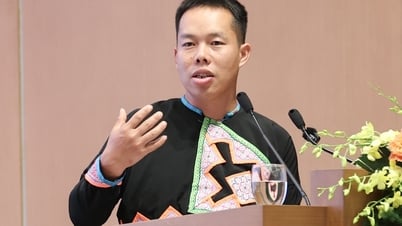
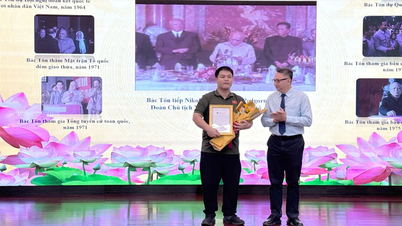

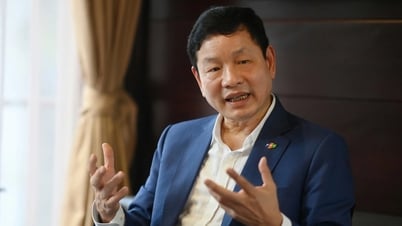





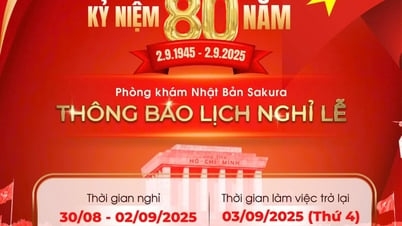
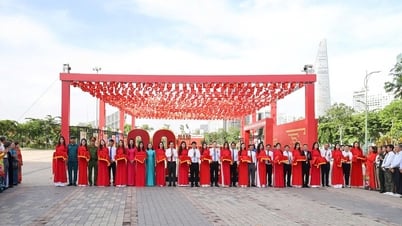



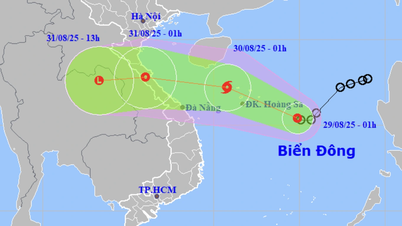
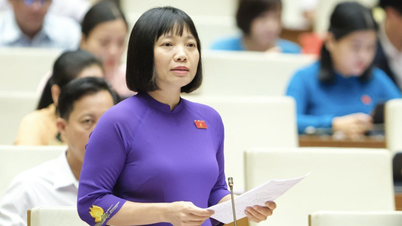

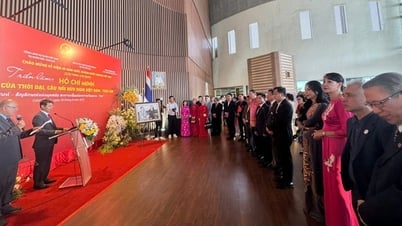







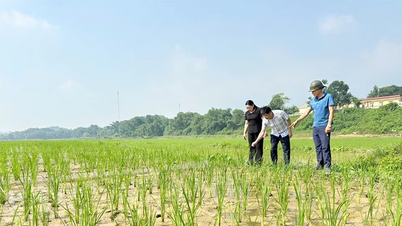


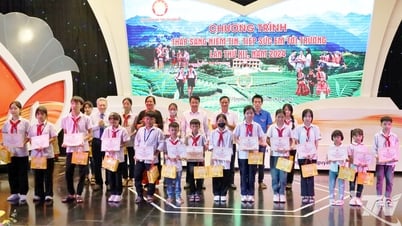

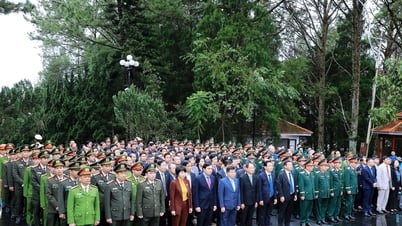

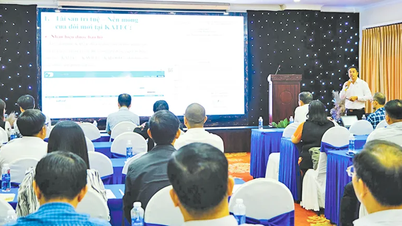

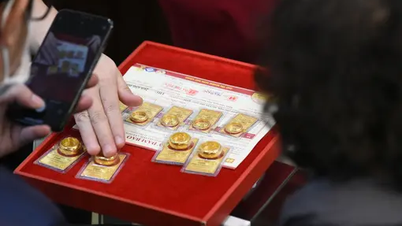

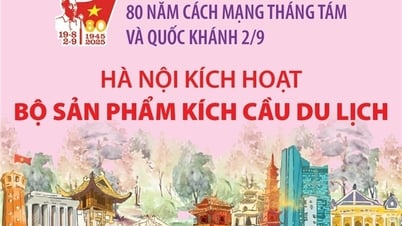







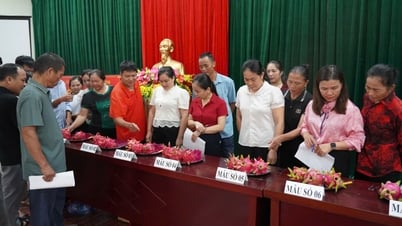




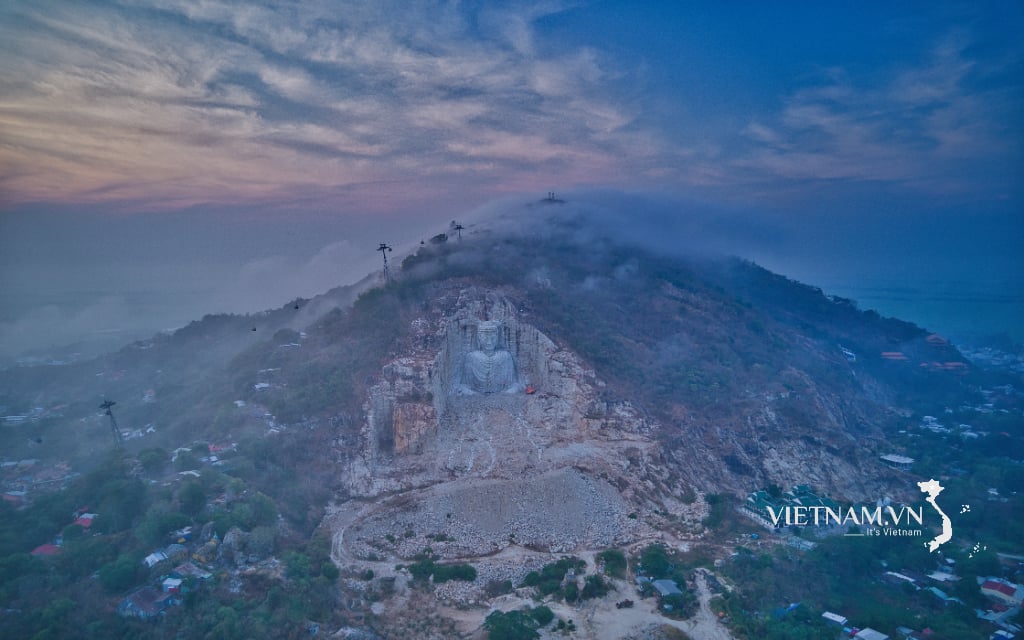

Comment (0)